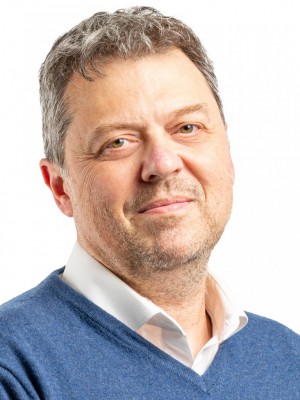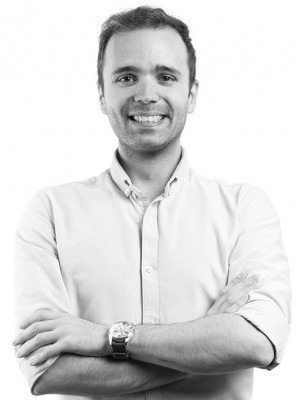abstract
Hydrogel-based 3D in vitro models comprising tumor ECM-mimetic biomaterials exhibit superlative potential as preclinical testing platforms for drug discovery and bioperformance screening. However, during hydrogel design and testing stages, the ideal selection between cancer cell laden 3D models or spheroid embedded hydrogel platforms remains to be elucidated. Selecting a disease-mimicking cellular arrangement within ECM hydrogels is paramount for anti-cancer therapeutics performance evaluation and may lead to differential outcomes. To investigate the effects assigned to varying cellular-arrangement, we developed dense 3D spheroid microtumors and cell-laden MG-63 osteosarcoma platforms embedded in GelMA and Matrigel ECM-mimetic scaffolds. These platforms enabled cancer cells/3D microtissues maturation and lorlatinib drug performance screening. Initial 3D spheroids assembly via the liquid overlay technique, resulted in the fabrication of dense cellular aggregates with reproducible size, morphology and necrotic core formation, thus mimicking the native tumor. Upon in vitro maturation, MG-63 spheroids encapsulated in hydrogel scaffolds exhibited significantly higher invasion and drug resistance than their cell laden hydrogel counterparts. Such data reveals inherent physiological and drug response variances among randomly distributed osteosarcoma cells and 3D spheroid-laden hydrogels. Overall, this highlights the importance of evaluating different cellular aggregation states when designing ECM-mimetic hydrogels for in vitro tumor modeling and high-throughput screening of anti-cancer therapeutics.
keywords
BREAST-CANCER; ANIMAL-MODELS; CULTURE; SPHEROIDS; DISCOVERY; STIFFNESS; MATRIGEL; MATRICES; SYSTEM
subject category
Materials Science
authors
Monteiro, MV; Gaspar, VM; Ferreira, LP; Mano, JF
our authors
Projects
Novel 3D platforms to engineer bone microtissues for in vitro disease models; (Microbone)
Produção de Plataformas Microcapsulares 3D+ para Avaliação Laboratorial em Larga Escala de Novas Terapias Combinatórias para o Cancro do Pâncreas (PANGEIA)
Bioengineered autonomous cell-biomaterials devices for generating humanised micro- tissues for regenerative medicine (ATLAS)
acknowledgements
The authors would like to acknowledge the support of the European Research Council grant agreement ERC-2014-ADG-669858 for project ATLAS and for the proof-of-concept project Microbone (PoC-2017-7897602017). This work was also developed within the scope of the project CICECO-Aveiro Institute of Materials, UIDB/50011/2020 & UIDP/50011/2020, financed by national funds through the FCT/MEC and when appropriate co-financed by FEDER under the PT2020 Partnership Agreement. Vitor Gaspar acknowledges funding in the form of a Junior Researcher Contract under the scope of the project PANGEIA (PTDC/BTM-SAL/30503/2017), supported by the Programa Operacional Competitividade.



